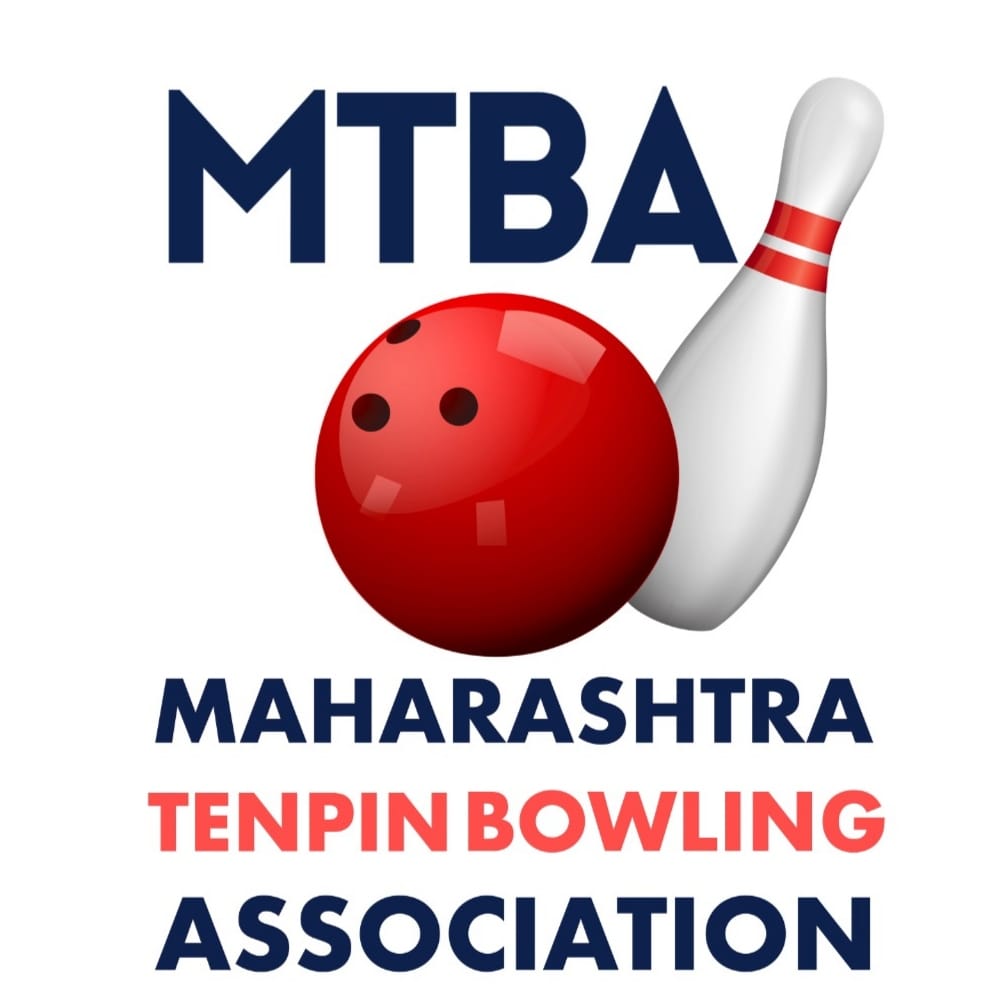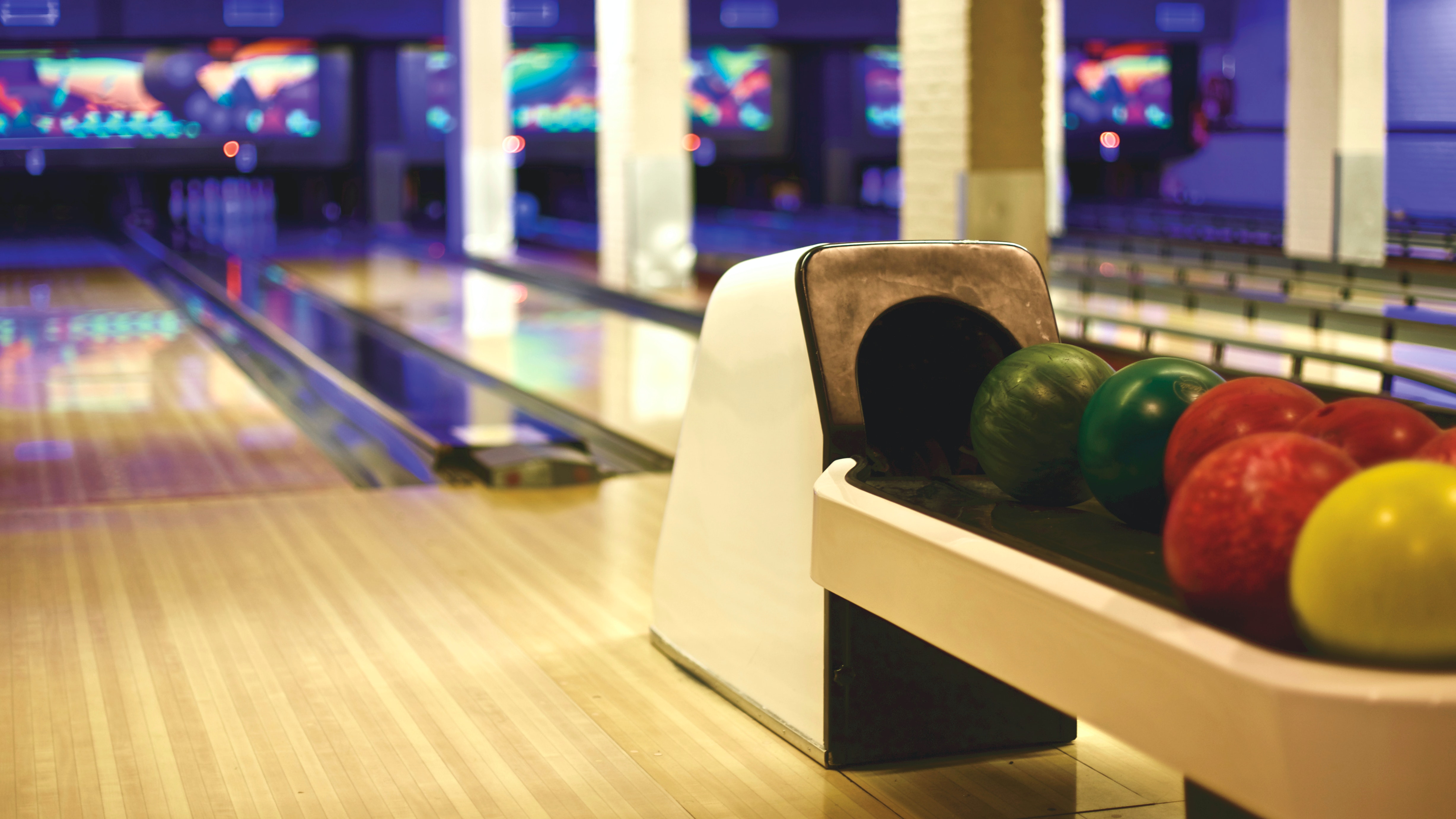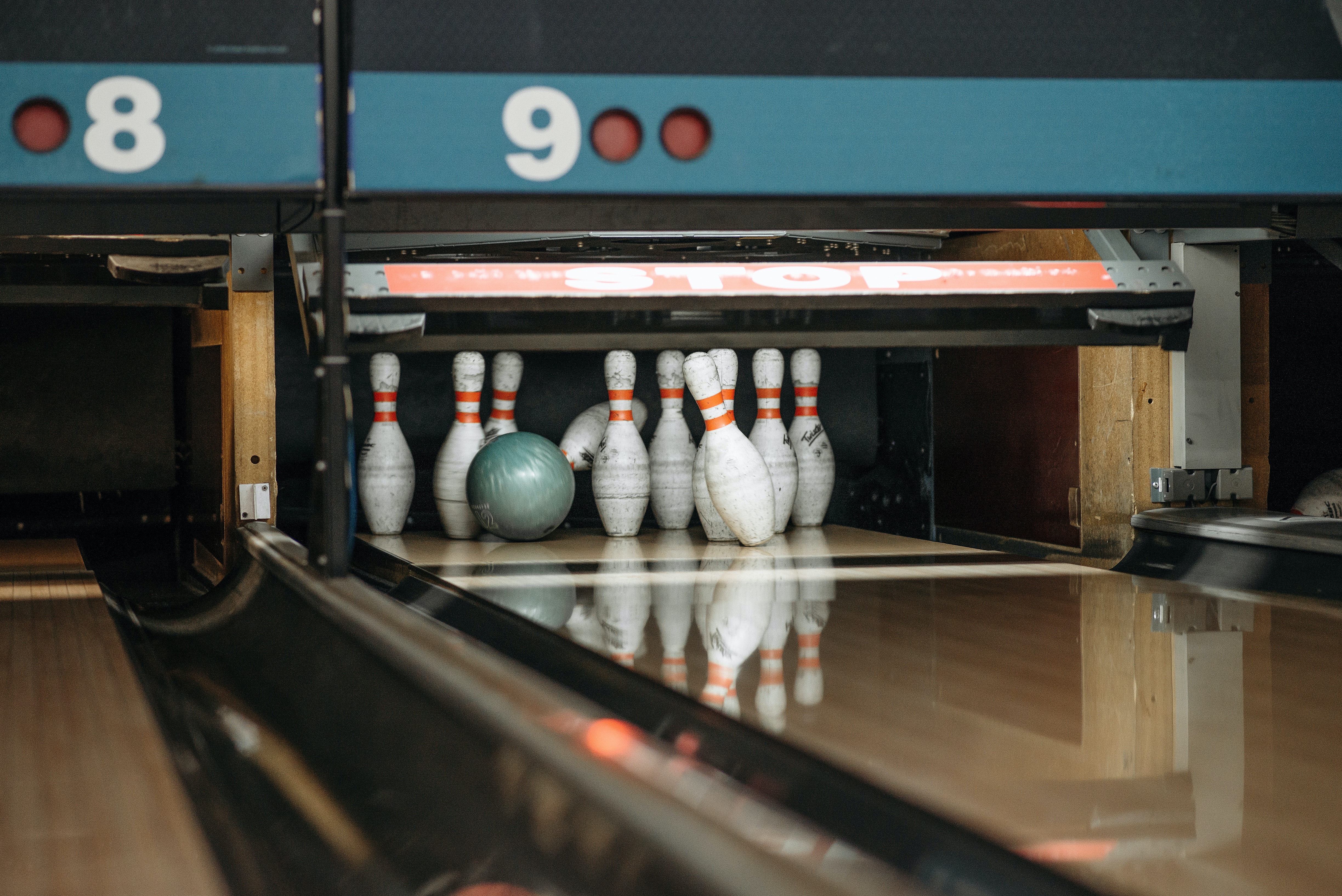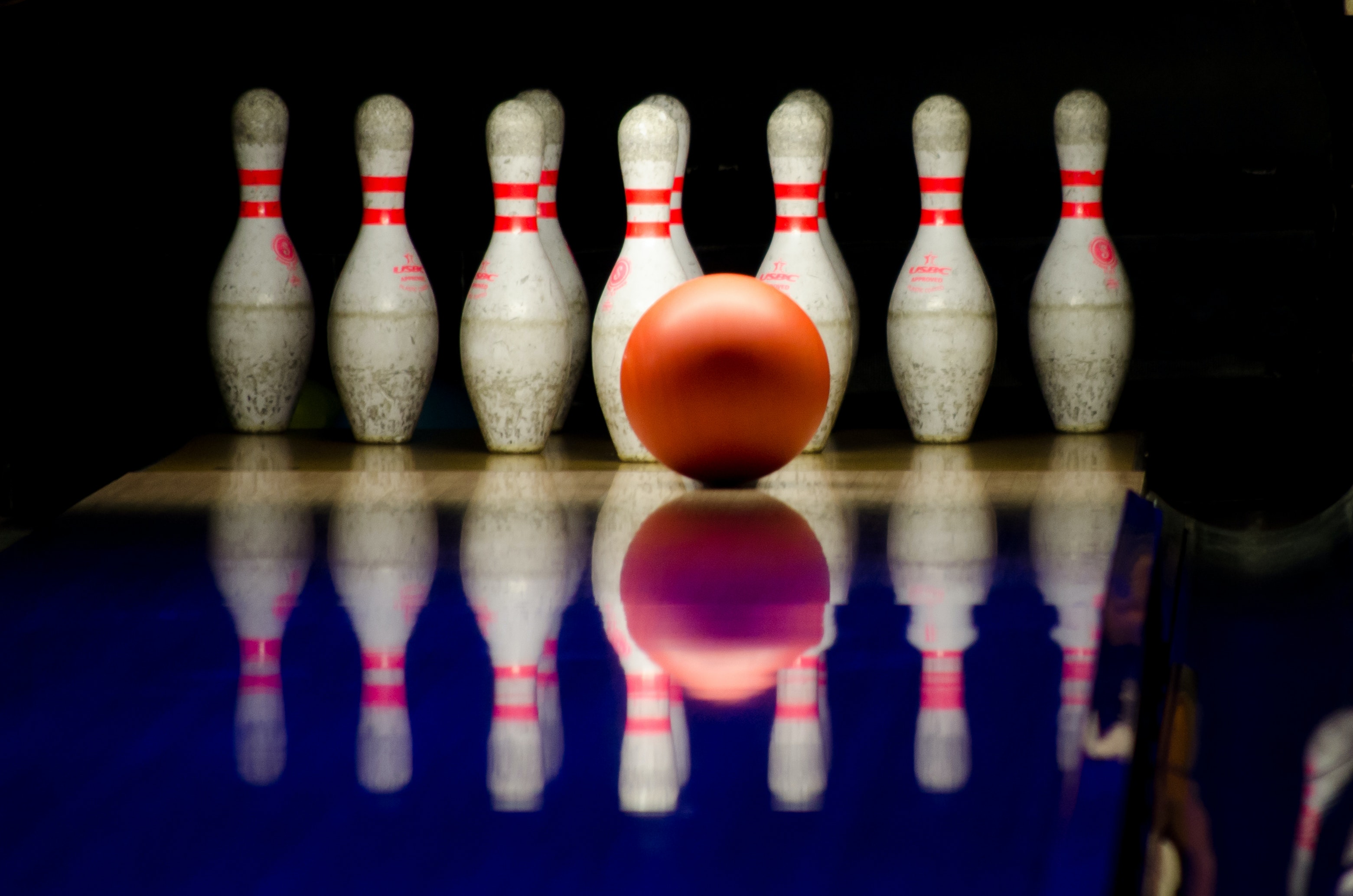Bowling is a popular and enjoyable sport that combines skill and technique with a social atmosphere. If you’re new to bowling, here are some basics to get you started:
- The Approach and Delivery: Approach is the part of the lane where you take your steps before releasing the ball. Approach with a comfortable and balanced stride, and try to maintain a consistent speed. As you approach the foul line, release the ball smoothly and follow through with your arm.
- Grip and Ball Selection: The right grip is essential for a successful throw. Choose a ball that fits your hand comfortably. There are various grip styles – conventional, fingertip, and semi-fingertip. Experiment to find the one that suits you best.
- Aim and Targeting: The pins are your target, but aiming directly at them might not be the best strategy. Instead, focus on targeting the “breakpoint,” an area on the lane where your ball starts to curve toward the pins. Adjust your starting position and angle according to your preferred breakpoint.
- Understanding Oil Patterns: Bowling lanes are coated with oil to control the friction. Oil patterns can greatly impact the ball’s behavior. Learn about different oil patterns and adjust your technique to match the lane conditions.
- Practice and Patience: Bowling takes practice to improve. Don’t get discouraged by initial challenges. Consistent practice will help you refine your skills and improve your scores over time.
Remember, bowling is about having fun, so don’t be afraid to ask experienced bowlers for tips and enjoy the process of learning and improving.
Blog 3: Advanced Bowling Techniques
For those looking to push their bowling skills to the next level, advanced techniques can make a significant difference in performance. Here are some techniques to consider:
- Hook and Rev Rate: Mastering the hook shot can increase your strike potential. Focus on your release and wrist action to generate a controlled hook. Experiment with your rev rate to match the lane conditions.
- Ball Speed Control: Being able to adjust your ball speed is crucial for adapting to various oil patterns and lane lengths. Work on controlling your approach speed while maintaining a consistent release.
- Lane Play Adjustments: Learn how to make subtle adjustments during a game. Move your starting position, target, and breakpoint to account for changing oil patterns and lane breakdowns.
- Video Analysis: Record your shots and review them later to identify areas for improvement. Analyzing your technique can help you spot flaws in your approach, release, and overall execution.
- Physical Conditioning: Bowling requires physical stamina and flexibility. Incorporate strength training and flexibility exercises into your routine to prevent injuries and maintain consistent performance.
- Tournament Strategy: If you’re considering competitive bowling, study the tournament formats, lane conditions, and strategies. Tournament bowling often involves adapting quickly to unfamiliar lanes and opponents.
Remember, advanced techniques take time to master. Continuous practice, along with a commitment to learning and improving, will lead to better results on the lanes.



